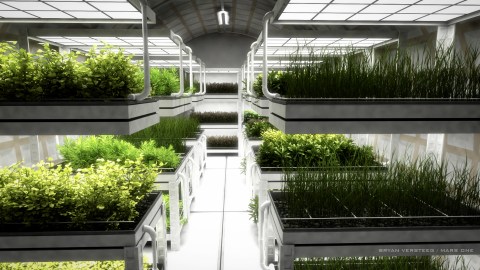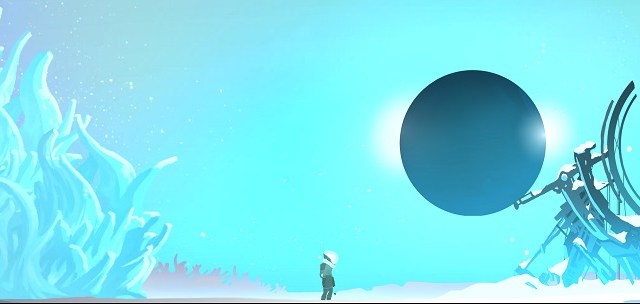Scientists Just Grew Edible Plants in Simulated Mars Soil

Chefs may be able to start drafting a menu for Mars-bound astronauts. A group of Dutch scientists have successfully harvested a crop of edible plants from simulated Mars soil.
Researchers from Wageningen University in the Netherlands have been using soil developed by NASA, which simulates a Martian environment to run their experiments. Mars’ soil contains such metals as aluminum, copper, iron, manganese, zinc, arsenic, cadmium, chrome, nickel, and lead. “If too high levels of heavy metals from the soil are absorbed in the edible parts of the plants, the crops become poisonous,” the Mars One office toldPopular Science. So, the team has been experimenting with a number of plants since 2013, and it was only recently that they were able to harvested their first edible crops from this soil.
Watch as senior ecologist Wieger Wamelink talks about the trials of the experiment:
Of the crops that grew, they found radishes, peas, rye, and tomatoes were safe for consumption. Though, no one from the team has actually conducted a taste-test on these crops, Wamelink remarked in a press release that he’s “very curious what they will taste like.”
The research was funded by Mars One, a project that hopes to send a group of volunteers on a one-way trip to the Red Planet.
Other groups of scientists have been working on solving the Martian food issue. Earlier this year NASA teamed up with the International Potato Center (CIP) in an effort to find out if the potato will be part of the Mars mission. The team is currently experimenting with 100 different varieties of potato to try and find those best suited to grow on the Red Planet.
***
Photo Credit: Mars One





